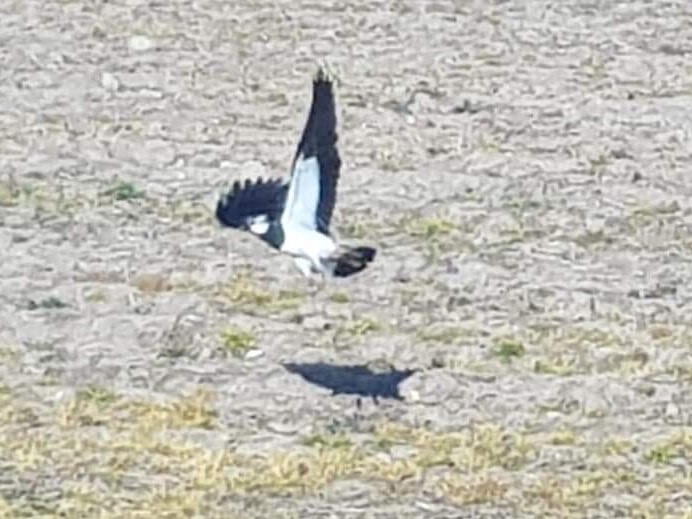This is the second short piece from our volunteer Carol, on her wonderful experience of lapwings during the lockdown. You can read her first blog about how she became interested in waders by clicking here.
 Spring is usually an exciting time for birdwatchers, but this year, instead of anticipated trips to favourite sites, most have been confined to gardens and local areas while comparing notes with fellow enthusiasts. I was delighted to hear from friends that they had seen a pair of lapwings flying over their garden.
Spring is usually an exciting time for birdwatchers, but this year, instead of anticipated trips to favourite sites, most have been confined to gardens and local areas while comparing notes with fellow enthusiasts. I was delighted to hear from friends that they had seen a pair of lapwings flying over their garden.
These unique, crested plovers with round wings are easily identified, but they have declined significantly in recent decades, partly due to the loss of traditional farming practices. They need a combination of arable fields and pasture. In the past they were so widespread that “plovers’ eggs” were occasionally eaten.
I mentioned this to Dave, who is local and respected in the area and he informed me that there were others in the vicinity and he heard their babbling calls and had seen their tumbling flight.
Lapwings nest in a grass lined, shallow hollow on the ground and lay a single clutch of three to four dark green, brown speckled eggs.
Dave had found a nest site, there were four nests and the birds had started incubating so he told the local farmer exactly where they were.
Though we call them lapwings they are also known as green plovers, peewits and tuwits because of their cries.
The collective noun for them is a deceit, possibly due to their strategy of feigning injury by dragging a wing on the ground, to lure predators away from eggs and defenceless chicks. Though they also aggressively defend their nests, like other waders, their eggs and young are often taken.
In this case the landowner skilfully avoided the nests while sowing and a small breeding population has been saved.

